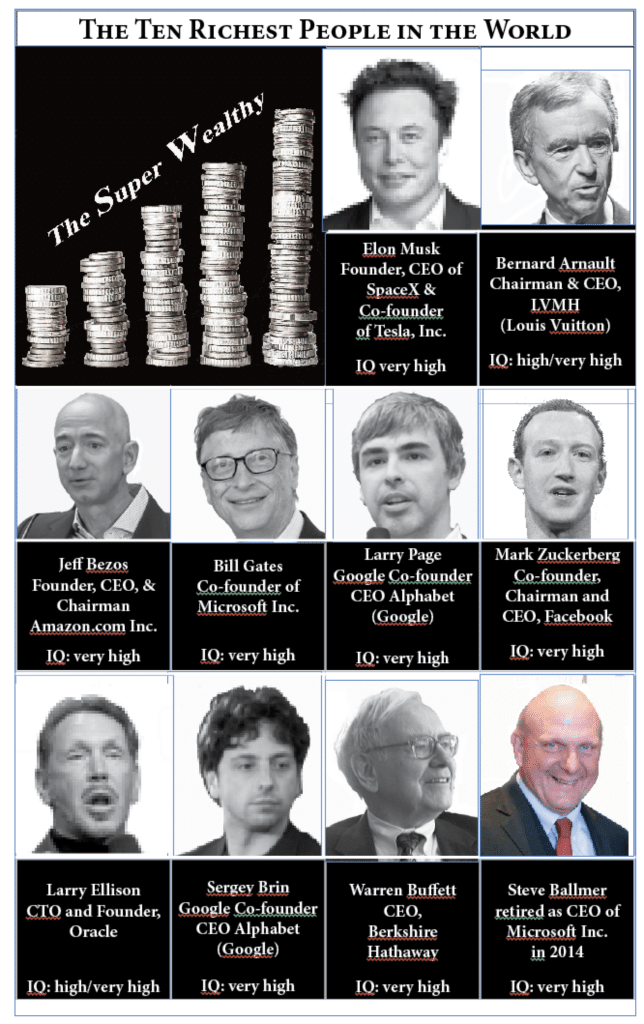
Exactly 64 years ago today, John F. Kennedy was inaugurated at the 35th President of the United States. On May 25 of that year, he promised to land a man on the moon by the end of the decade. The USSR had launched a satellite in 1957 and the US was about to invest a great deal of money in science and mathematics education. The space race was on, and the “math nerds” carry slide rules with their books, and majoring in the physical sciences were becoming the new class of young people with enhanced status.
While intellectuals were still called “nerds” and “eggheads,” there was a growing cachet in the adult world associated with those who entered programs in mathematics, theoretical physics and engineering at the highest levels. The personal computer had not yet evolved and mainframe computers, usually housed in university engineering departments, were accessible to relatively few researchers.
Through the 1960’s and 70’s there was an exponential growth in computer power that was quantified and celebrated as “Moore’s Law.” During this period, mainframe computers like the IBM 1130, and the PDP computer were coming into high schools and students were learning to program in BASIC, COBOL, and other languages and submitting their punch cards to computer readers. Bullied “nerds” like Bill Gates, as a young teenager, gained access to computers at nearby universities and became the first generation of “computer geeks”, obsessed with exploring the power of these giant machines. However, there was a limited presence of computers in most high schools where computers were perceived as machines for information processing in business applications.
When personal computers emerged in the 1980’s, there was an explosion in computer software that grew in sophistication as computer processing power was rapidly enhanced. Computer “geeks” like Steve Wozniak and Steve Jobs borrowed computer time from Honeywell and went on to develop their own computers and computer companies. By the 1990’s, a new generation of young computer “geeks” had emerged into tech-savvy billionaires. Larry Ellison founded Oracle and Larry Page and Sergey Brin founded Google. Mark Zukerberg founded Facebook and Elon Musk founded X.com that merged into PayPal.
In the decades between 1960 and 2000, the perception of the classroom “nerd” went through several reincarnations, from “weird dude,” to “math nerd” to “computer nerd” to “tech savvy.” At the beginning of 2022, ForbesMedia ranked on its World’s Real-Time Billionaires website, the world’s wealthiest billionaires from “richest to poorest.” Eight of those top ten people were tech savvy people who had once been regarded as “computer nerds.” The term that was once considered pejorative had gained status through its link to wealth and success.
Today, the major focus of discussion focusses around artificial intelligence and the question of consciousness. Will machines become sentient and take control of our lives? All fields, from mathematics to medicine to manufacturing are undergoing a new revolution in technological development, enhanced by AI. Brains are at a premium and the competition for “nerds” is fierce. No one knows how this will play out, but there has never been a time in human history when brains have been selling at such a high premium.
